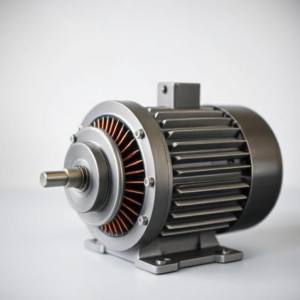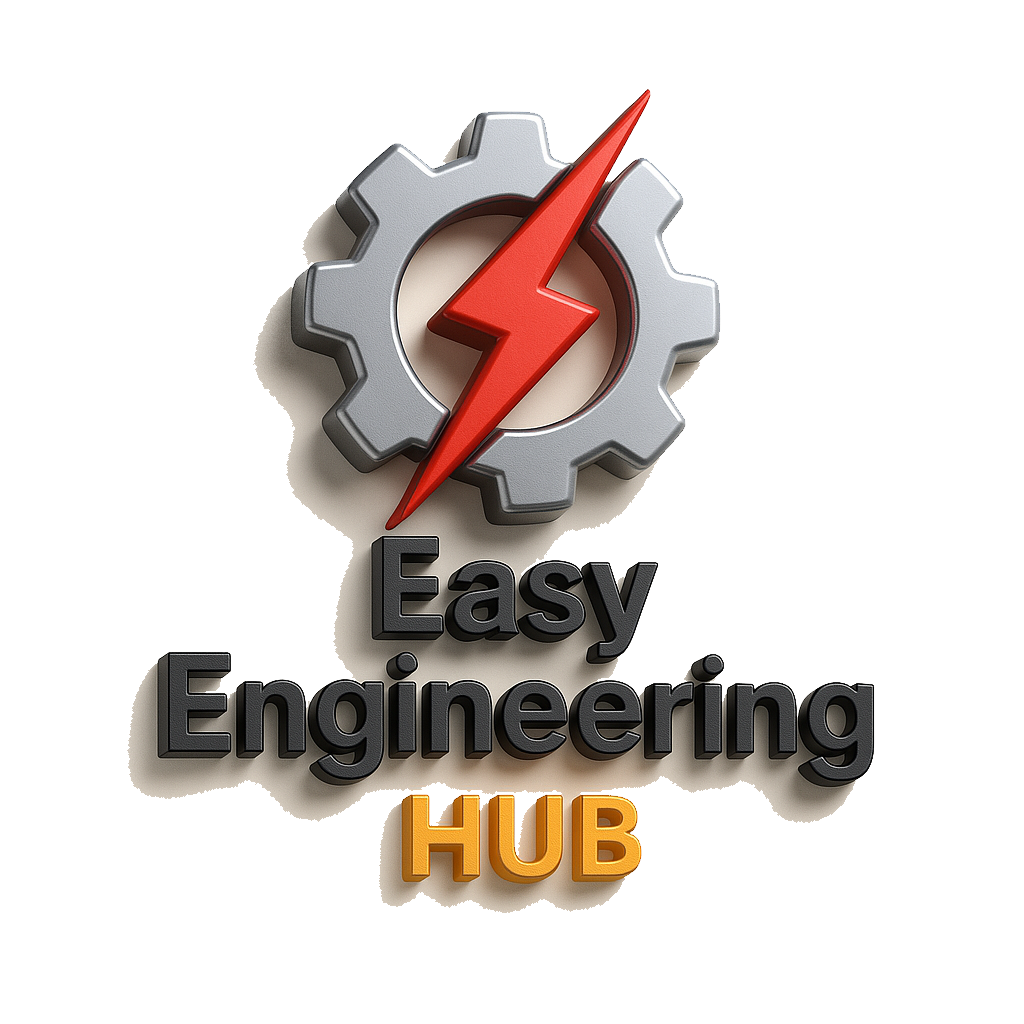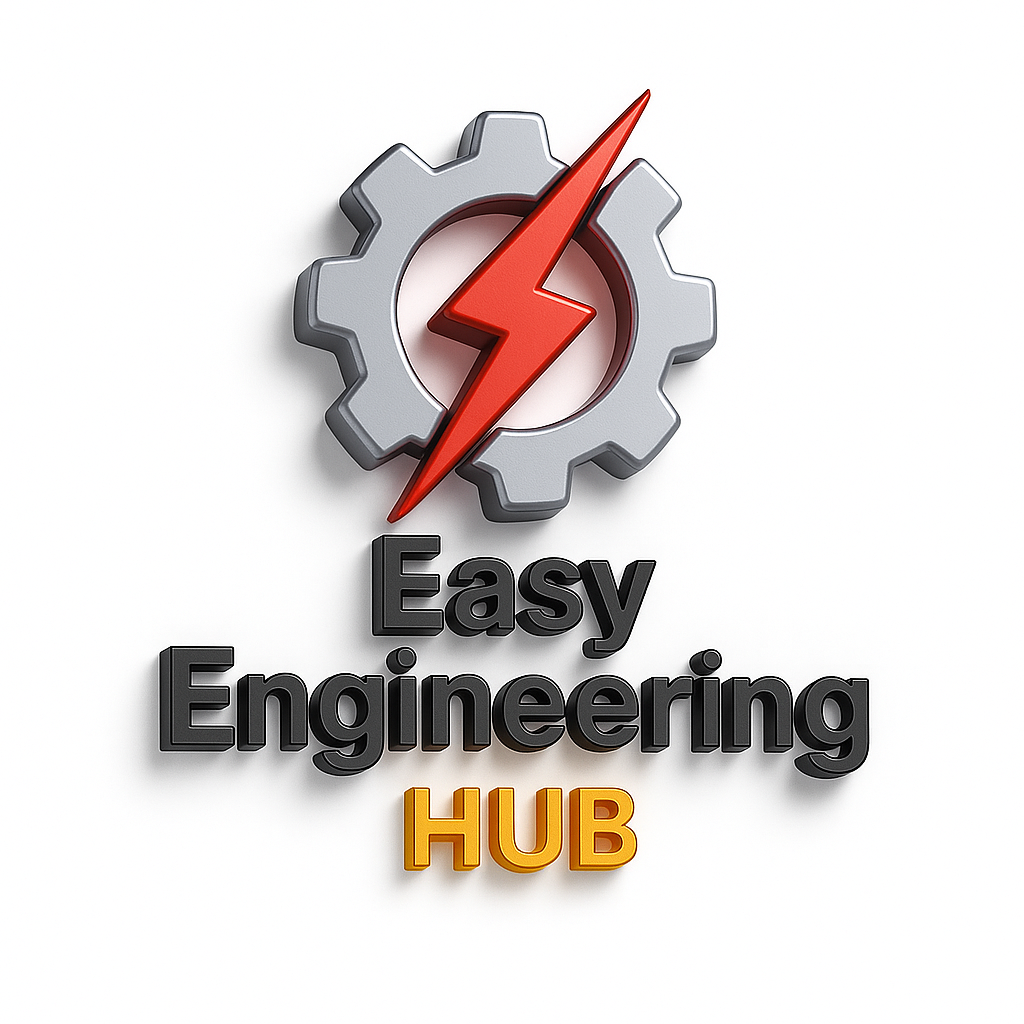A DC machine is a device that either generates or uses electrical power through direct current (DC). DC machines are two types: DC motors (which convert electrical energy into mechanical energy) and DC generators (which convert mechanical energy into electrical energy).
A DC machine can either be a motor or a generator, depending on whether it’s converting electrical energy to mechanical energy (motor) or mechanical energy to electrical energy (generator). The key parts of a DC machine are the stator, armature, commutator, and brushes. DC motors are used in many devices requiring controlled and steady rotation, while DC generators produce direct current for electrical circuits.

What is Direct Current (DC)?
Direct Current (DC) is the type of electricity where the flow of electrons is in one direction. So, the current flows steadily in a single direction, unlike alternating current (AC), which changes direction periodically.
Examples of DC sources
- Batteries
- Solar panels
- Some power supplies
Basic Parts of a DC Machine
DC machines, whether motors or generators, have similar main components:
A. Stator (Stationary Part)
The stator is the stationary part of the machine. It creates a magnetic field that interacts with the armature (the rotating part).
The stator can either be made of permanent magnets or electromagnets (called field windings).
B. Armature (Rotating Part)
The armature is the rotating part of the machine. It consists of coils of wire wound around a metal core. In a motor, this is where the current flows to produce motion. In a generator, this is where electrical current is generated as it rotates in a magnetic field.
C. Commutator
The commutator is a special device attached to the armature. It helps in reversing the direction of current flow through the armature windings, ensuring that the motor (or generator) works smoothly and efficiently.
In a motor, the commutator ensures that the armature continues to rotate in one direction by reversing the current flow every half-turn.
In a generator, it allows the generated current to flow in one direction (DC) instead of alternating.
D. Brushes
Brushes are typically made of carbon or graphite. They press against the commutator and allow electrical current to flow from the armature windings to the external circuit.
Brushes are like connectors that ensure the electrical current from the rotating armature is sent to the external circuit.
How a DC Motor Works
A DC motor converts electrical energy into mechanical energy (motion).
Current flows through the armature: When DC electricity is supplied to the motor, current flows through the armature coils.
Magnetic field interaction: The armature is located in the magnetic field created by the stator. The current flowing through the armature creates a force due to the interaction of the magnetic field and the current (this is explained by Lorentz force)
Rotation: This force causes the armature to rotate. The commutator ensures that the current in the armature coils reverses direction at the right time, so the armature keeps turning in the same direction.
Mechanical Output: The rotating armature is connected to a mechanical load (like a fan, conveyor, or wheel), so the motor’s rotation produces mechanical motion.
How a DC Generator Works
A DC generator works in the opposite way. It converts mechanical energy into electrical energy.
Mechanical Energy Input: You apply mechanical energy (e.g., from a spinning turbine or a hand crank) to rotate the armature.
Magnetic Field: As the armature spins within the magnetic field of the stator, the magnetic field induces a current in the armature coils (this is based on Faraday’s Law of Induction).
Commutator Action: The commutator ensures the current generated is in one direction, making the output direct current (DC) instead of alternating current (AC).
Electrical Output: The current is sent through the brushes and out to the external circuit.
- DC Motors convert electrical energy (DC) into mechanical energy (rotation).
- DC Generators convert mechanical energy into electrical energy (DC).
- Both types of machines use a magnetic field, armature, commutator, and brushes to work.
- The commutator is the key difference between DC machines and AC machines, as it allows the current to flow in one direction (DC).
- DC machines can run at different speeds, and their speed can be controlled by adjusting the voltage or current supplied.
Applications of DC Machines
DC Motors are commonly used in:
- Electric vehicles
- Small fans
- Toys
- Conveyor belts
- Electric tools
DC Generators were used in early power generation systems (before AC became more popular), but they are still used in some specific applications, like:
- Backup power supplies
- Small-scale power generation in remote areas
Tags: applications of DC machines, armature, backup power, battery, brush contact, brush-commutator mechanism, brushes, carbon brushes, commutation, commutator, continuous rotation, controlled rotation, conveyor motor, current adjustment, current flow, DC electricity, DC energy systems., DC generator, DC generator applications, DC generator working, DC machine, DC machine components, DC Motor, DC motor applications, DC motor working, DC output, DC power supply, DC sources, DC vs AC, Direct Current, directional current flow, early power generation, electric tool motor, electric vehicle motor, electrical energy conversion, electrical machines, electromagnetic induction, electromagnets, electromechanical device, Energy Conversion, energy transfer, fan motor, Faraday’s Law, field windings, generator operation, graphite brushes, induced current, Lorentz force, magnetic field interaction, mechanical energy, mechanical load, motion control, motor operation, one-direction current, permanent magnets, Power Supply, reliable DC operation, remote power systems, rotating part, single-direction current flow, small-scale DC generation, solar panel, speed control, speed variation, stationary part, stator, steady current, torque production, toy motor, voltage adjustment


